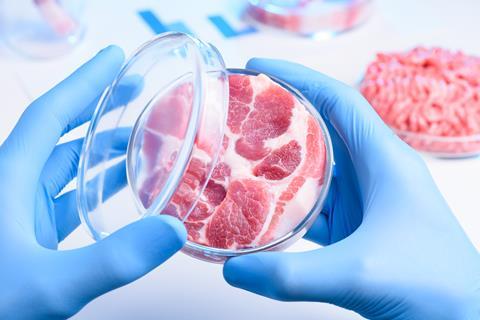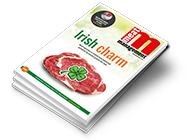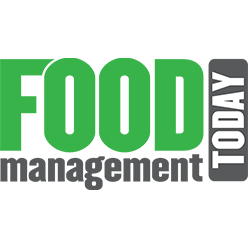The International Meat Trade Association’s (IMTA) Matthew Bishop looks at the issues affecting global meat consumption and finds that price is top of the agenda for UK consumers’ buying decisions.
There are many areas of interest at present for the meat industry. A proposed UK National Food Strategy, potential tariffs of the Trumpian variety, Net Zero emissions targets, seemingly louder calls for substitution of animal products for alternative proteins, and various animal diseases globally to monitor.
If we look at meat consumption, according to the OECDFAO Agricultural Outlook: 2024-2033 (July 2024), global consumption (per capita) is anticipated to grow a modest 2% by 2033, a slower growth rate compared with the previous decade. The report suggests that Covid-19, economic downturns and rising living costs have been pivotal in influencing meat affordability, and hence consumer behaviours.
As well as affordability, the report also noted increased awareness of animal welfare and environmental concerns, suggesting that this may contribute to shifts in preferences, potentially leading to shrinking per capita meat consumption in some high-income areas, such as Europe.
Despite concerns, there do appear to be some relatively positive aspects regarding global consumption. For example, global consumption in red meats is expected to grow by 8% (pigmeat), 16% (sheepmeat) and 11% (beef) overall by 2033. Notably, growth is expected to be predominantly driven by middle-income countries, where 79% of growth in meat consumption will be generated. Global poultrymeat consumption is forecasted grow by 16% by 2033 and account for 43% of the protein consumed from all meat sources by that time.
In the UK, affordability looks to be the main reason for some minor shifts in consumer choices. AHDB data from June 2024 suggests that consumers’ average weekly penetration of flexitarian and vegetarian-sources has increased by 1% each (2020-2024). Importantly, over the same period, the percentage for consumers eating meat, fish or poultry has fluctuated, but, overall, decreased by 1.9%.
AHDB’s data suggests that more consumers have become flexitarian driven by cost (+0.8 ppt) rather than other reasons not concerned with costs (-1.5 ppt) year on year. This data suggests that switches are largely driven by affordability concerns over other factors.

Cell-cultivated products (CCPs) will be a protein alternative to watch given the recent FSA announcement of its two-year Sandbox Programme looking into the sector. However, it could likely be years before we see if and how CCPs will affect UK meat consumption because they will be subject to regulatory review.
The lack of a global regulatory consensus, alongside many questions of affordability relating to these products, could hinder CCPs from making tangible, imminent differences to the UK market. Leatherhead Food Research in September 2023 suggested that as many as 20% of UK adults were keen for ‘heavy regulation’ of CCPs.
Consumer anxiety with affordability is shown in AHDB’s February 2025 market outlook. Using domestic beef consumption as an example, this is forecasted to grow marginally, driven by retail as foodservice stays stable. Price-conscious products such as mince increased by 2% in volumes purchased, due to frequency of purchase and shopper numbers.
Meanwhile, UK production is forecasted to take a 5% reduction in 2025, largely as a result of a reduced cattle supply, according to AHDB. It indicates that beef imports (which rose by 5% in 2024) are projected to pick up the slack for the fall in domestic production by rising to 12% in 2025 to satisfy the forecasted consumption levels.
Despite seemingly louder support for alternative proteins for other reasons, affordability appears to have the casting vote for most consumers when considering protein choices.

















